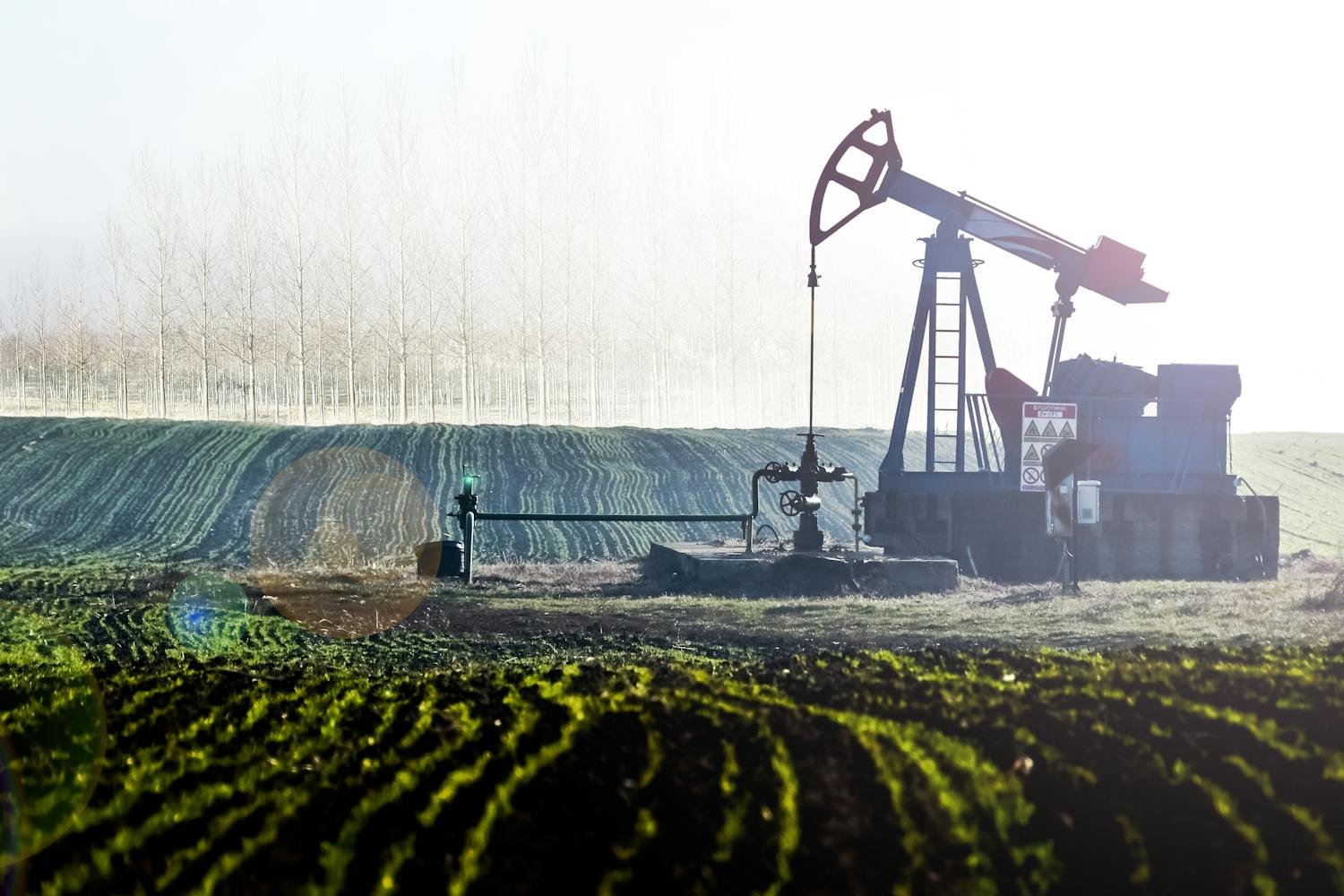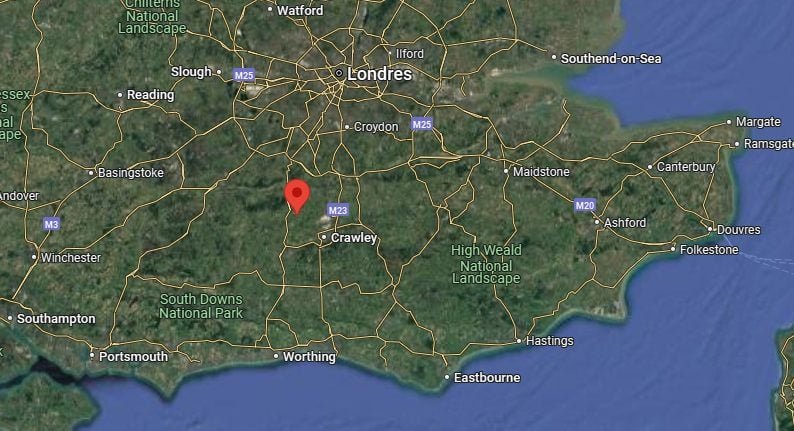
In the peaceful county of Surrey, the residents of Newdigate have seen their house shake several times in 2018 and 2019. There BBC had also reported it in this article by qualifying one of them, dating from February 27, 2019, as “ one of the strongest earthquakes to hit the region since this series began last year was felt as far away as Surrey and part of Sussex “.
These earthquakes, which fueled the concerns of the local population, were only the beginning of a scientific controversy which would extend over several years. Quickly, eyes were turned towards neighboring oil operations, suspected of causing these unusual earthquakes.

What lies beneath the English fields?
The series of earthquakes that shook southern England has some particularly intriguing features. More than a hundred jerkswith a magnitude ranging between 1.34 and 3.18 on the Richter scale, were recorded in a relatively small area. Relatively low values, ranging from micro-earthquakes to so-called earthquakes minorwhich can be felt by a few people, especially if they are at rest or on a high floor of a building.
The epicenter of these seismic events was located between 5 and 10 km from the Horse Hill drilling siteoperated by the UK Oil & Gas company. This geographical proximity immediately raised questions within the scientific community.
The British Geological Survey (BGS), a reference body for geological monitoring, had initially concluded that natural phenomena. This first analysis was initially based on the historical rarity of earthquakes in these places. Indeed, the Newdigate region is located in a relatively stable geological zone, far from large subduction zones or major active faults (see our article on tectonic forces) which are often the cause of larger earthquakes.
Secondly, the apparent absence of direct temporal correlation between extraction activities and tremors had not aroused suspicion. However, this interpretation of geological data would soon be challenged by a new methodological approach.
A new look at Surrey earthquakes
It was researchers Matthew Fox and Philip Meredith from University College London who proposed a new reading of these events with no apparent links. Thanks to a million digital simulations, they managed to dissect what was going on in the bowels of Surrey, layer by layer, to understand how the subsoil reacted to oil extraction.
The subsoil of Surrey is similar to a kind of natural yarrow where two types of rocks with radically different behaviors. On one side, a limestone called Portland stonea real mineral sponge riddled with tiny cavities and its porosity which allows fluids and pressures to circulate quickly. On the other, Kimmeridge claydense and waterproof, which acts as a natural barrier, considerably slowing down these same movements.
This particular geological configuration explains why previous studies had not detected the link between oil extraction and earthquakes. In areas made of Portland stone, the effect is almost instantaneous: remove oil, and the underground pressure immediately changes, like squeezing a sponge. In contrast, in the Kimmeridge clay areas it is a different story: pressure changes propagate slowly, creating a time lag between extraction and earthquakes.
Fox explains: “ In my opinion, this increases the likelihood that oil extraction led to the earthquakes. The correlation between these two phenomena – between oil extraction and seismicity – is quite strong, and this suggests that there is a link “.
Natural faults or drilling?
Professor Stuart Haszeldine of the University of Edinburgh, whose independent research supports Fox and Meredith’s findings, points out the existence of a ” clear correlation between mining activities and earthquakes “. This convergence of analyzes reinforces the probability of a causal linkeven if certain aspects still require in-depth statistical studies.
Faced with these elements, UK Oil & Gas obviously kicked in. One of the company’s spokespersons spoke in these terms to New Scientist : “ This incident was classified years ago, when BGS seismologists determined that it was a natural phenomenon, attributed to the displacement of a deep, distant fault, unrelated to the site involved. “.
A fragile and insufficient defense, since the combined pressure of scientific discoveries and citizen mobilization made concrete changes. Following legal action brought by environmental activists, supported by Friends of the Earth; an American NGO; Surrey County Council has withdrew the operating authorization for the Horse Hill site last October. Solid scientific evidence and equally strong citizen commitment were enough to make UK Oil & Gas decamp from the Surrey region. A company already affected by several controversiesnotably horizontal drilling and hydraulic fracturing, techniques that are highly contested due to their impact on ecosystems and human health.
- A series of unusual earthquakes in Surrey has raised suspicions of a link to nearby oil exploitation by UK Oil & Gas.
- New research has demonstrated a likely link between drilling and tremors, caused by the region’s complex geology.
- Under scientific and citizen pressure, the Horse Hill drilling site saw its operating authorization withdrawn.




